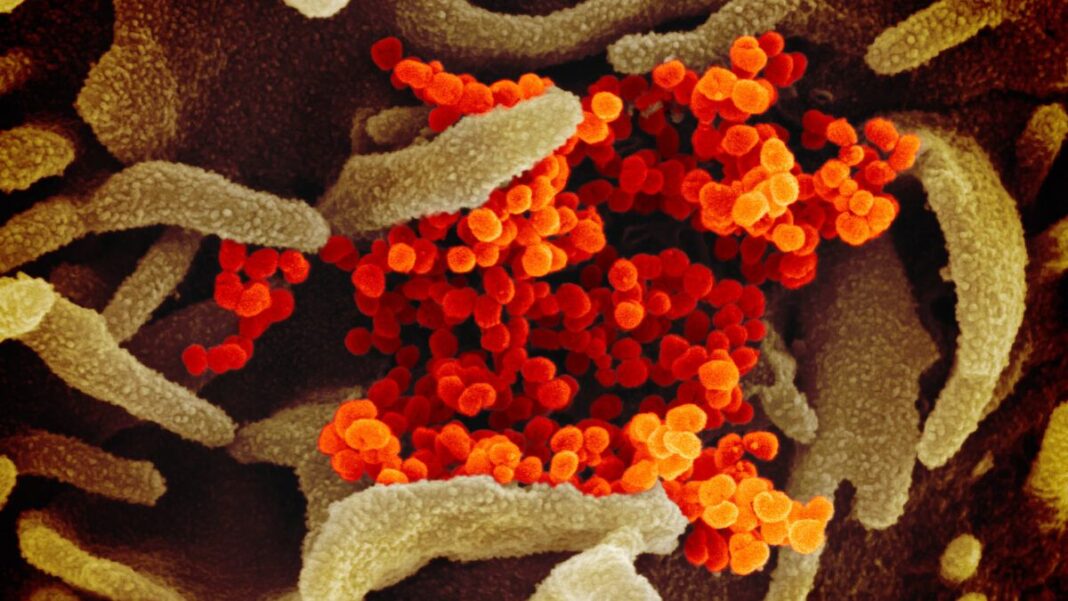The variant is believed to cause a sore throat that’s been dubbed the ‘razor blade throat’ or ‘razor throat.’
A new estimate from the U.S. Centers for Disease Control and Prevention shows that a COVID-19 variant that has been driving cases in China earlier this year is now the No. 1 strain in the United States.
A CDC estimate, updated on June 26, shows that between June 8 and June 21, the NB.1.8.1 variant now makes up 43 percent of COVID-19 cases in the United States and is ahead of the LP.8.1 variant.
Earlier this month, CDC data showed that NB.1.8.1 had 37 percent of cases and was No. 2 behind the LP.8.1 variant, which saw 38 percent of reported cases at the time. The new CDC estimate this week shows that LP.8.1 now makes up 31 percent of all cases.
The CDC says that wastewater levels show COVID-19 activity is “currently low” despite the NB.1.8.1 variant increase. Only Alaska is reporting “high” levels of the virus, while Hawaii, Nevada, Texas, Missouri, Mississippi, Florida, and Connecticut are seeing “moderate” levels, according to the CDC.
Last week, private data showed that states reporting the variant, which has been dubbed “Nimbus” in some media reports, include Arizona, California, Colorado, New Jersey, New York, Hawaii, Illinois, Maryland, Massachusetts, Ohio, Rhode Island, Utah, Vermont, Virginia, and Washington state as of June 19.
Chinese doctors earlier this month predicted a peak of nationwide COVID-19 cases in July, as the latest data released by Chinese health authorities show that variant NB 1.8.1 is still the main pathogen causing the rapid increase in COVID-19 infections in China.
An internal university research report at China’s Peking University stated that NB.1.8.1 may become the next dominant global strain, with symptoms including a sharp sore throat, fever, runny nose, vomiting, and diarrhea, according to previous Epoch Times reporting.
A worldwide rise in cases late last month is primarily in the Eastern Mediterranean, Southeast Asia, and Western Pacific regions, the World Health Organization said on May 28. The new variant had reached nearly 11 percent of sequenced samples reported globally in mid-May.








